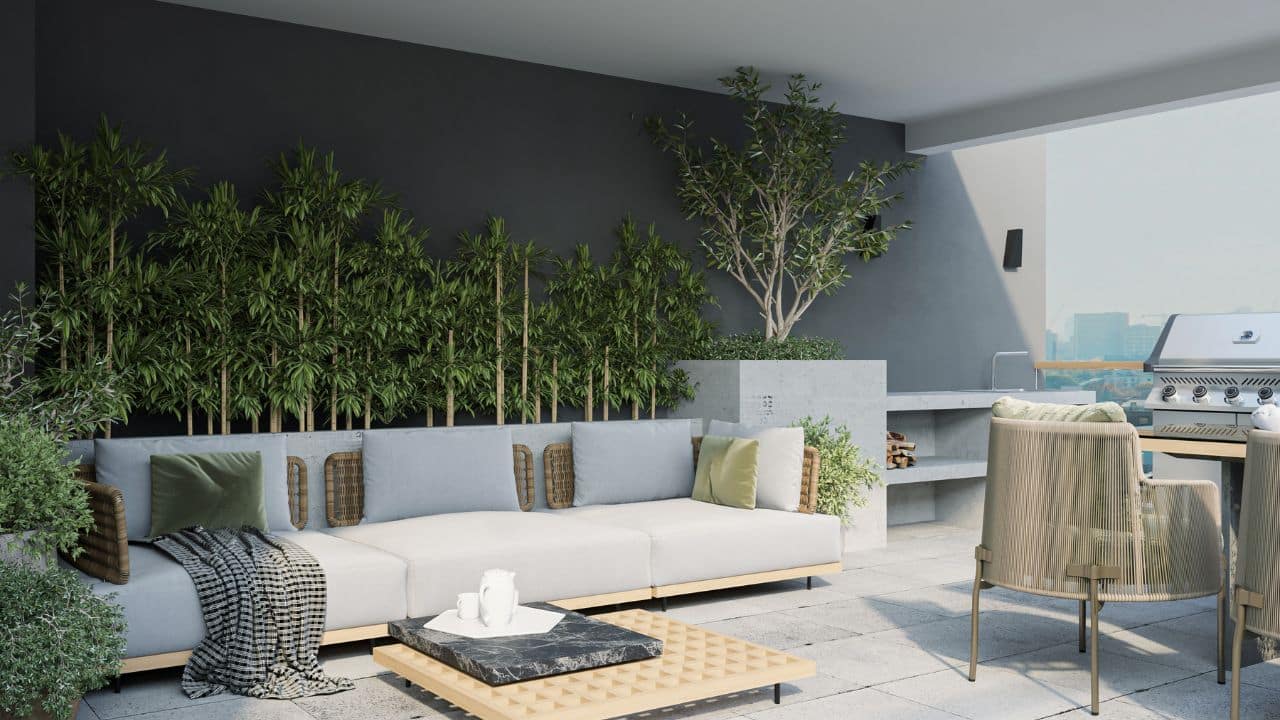Sustainable interior design is rapidly becoming a crucial aspect of the design industry, focusing on creating environmentally friendly and energy-efficient spaces. As awareness of environmental issues grows, the demand for sustainable interior designers is on the rise.
This article will guide you through the process of becoming a sustainable interior designer, highlighting key principles, strategies, and career opportunities in this exciting field while also exploring why hire an interior designer can make a significant difference in creating eco-friendly and functional spaces.
Understanding Sustainable Interior Design
Sustainable interior design is an approach that seeks to minimize negative environmental impacts while maximizing the health and comfort of occupants. It involves using eco-friendly materials, energy-efficient systems, and design strategies that promote resource conservation and waste reduction.
Key Principles of Sustainable Interior Design
- Resource Efficiency: Using renewable, recyclable, and durable materials.
- Energy Efficiency: Maximizing natural light and incorporating energy-efficient appliances.
- Water Conservation: Selecting fixtures that reduce water consumption.
- Indoor Environmental Quality: Choosing non-toxic materials and ensuring proper ventilation.
Steps to Become a Sustainable Interior Designer
1. Obtain Relevant Education
To start your journey as a sustainable interior designer, you’ll need a strong educational foundation:
- Pursue a bachelor’s degree in interior design or a related field.
- Look for programs that incorporate sustainability principles into their curriculum.
- Consider additional certifications in sustainable design practices.
2. Develop Expertise in Sustainable Materials and Practices
Staying informed about the latest eco-friendly materials and technologies is crucial:
- Research sustainable materials such as bamboo, cork, and recycled products.
- Learn about energy-efficient lighting and HVAC systems.
- Understand the principles of passive solar design and natural ventilation.
3. Gain Practical Experience
Hands-on experience is invaluable in the field of sustainable interior design:
- Seek internships or entry-level positions with firms specializing in sustainable design.
- Work on personal projects incorporating sustainable principles.
- Collaborate with architects and contractors to understand the full scope of sustainable building practices.
4. Obtain Relevant Certifications
Professional certifications can enhance your credibility and expertise:
- LEED (Leadership in Energy and Environmental Design) certification.
- WELL Building Standard certification.
- Living Future Accreditation.
5. Stay Updated with Industry Trends
The field of sustainable design is constantly evolving:
- Attend conferences and workshops focused on sustainable design.
- Join professional organizations like the Sustainable Furnishings Council.
- Subscribe to industry publications and blogs.
Key Strategies for Sustainable Interior Design
As a sustainable interior designer, you’ll need to implement various strategies to create eco-friendly spaces:
- Maximize Space Efficiency: Design multipurpose areas to reduce overall building size and material use.
- Choose Eco-Friendly Materials: Opt for recycled, reclaimed, or rapidly renewable materials.
- Prioritize Energy Efficiency: Incorporate energy-efficient lighting and appliances.
- Focus on Indoor Air Quality: Select low-VOC paints and finishes.
- Implement Water Conservation Measures: Install water-saving fixtures and design water-efficient landscapes.
Career Opportunities in Sustainable Interior Design
The growing demand for sustainable design offers various career paths:
| Career Path | Description | Key Skills |
| Sustainable Interior Designer | Create eco-friendly residential and commercial spaces | Knowledge of sustainable materials, space planning, CAD software |
| Green Building Consultant | Advise on sustainable building practices and certifications | Understanding of green building standards, energy modeling |
| Sustainable Product Designer | Develop eco-friendly furniture and home goods | Material science knowledge, 3D modeling skills |
| Sustainability Coordinator | Oversee sustainability initiatives for design firms | Project management, sustainability reporting |
The Future of Sustainable Interior Design
The sustainable interior design market is experiencing significant growth. According to recent statistics:
- The eco-furniture market is expected to reach over $43 billion in 2024.
- The wider sustainable design market is projected to surge to $100 billion soon, representing a 30% increase in just a few years.
These figures highlight the increasing importance of sustainability in interior design and the growing opportunities for professionals in this field.
Challenges and Considerations
While pursuing a career in sustainable interior design is rewarding, it comes with its own set of challenges:
- Balancing aesthetics with sustainability: Ensuring designs are both beautiful and eco-friendly.
- Educating clients: Many clients may not be aware of the benefits of sustainable design.
- Keeping up with rapidly evolving technologies and materials.
- Navigating complex green building certifications and regulations.
Takeaways
Becoming a sustainable interior designer requires a combination of education, practical experience, and a genuine commitment to environmental stewardship. By focusing on eco-friendly materials, energy efficiency, and innovative design strategies, you can create spaces that are not only aesthetically pleasing but also contribute to a healthier planet.
As the demand for sustainable design continues to grow, professionals who specialize in this field will find themselves at the forefront of an exciting and impactful industry. By following the steps outlined in this guide and staying committed to ongoing learning and innovation, you can build a successful career as a sustainable interior designer, making a positive impact on both the built environment and the natural world.












































